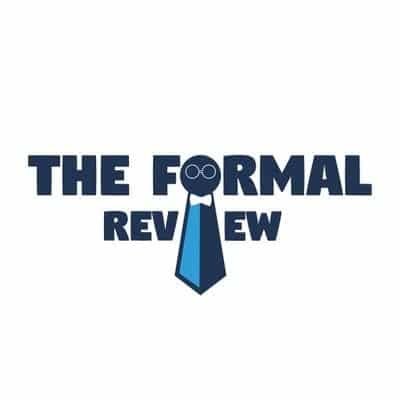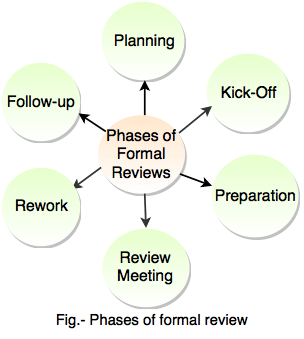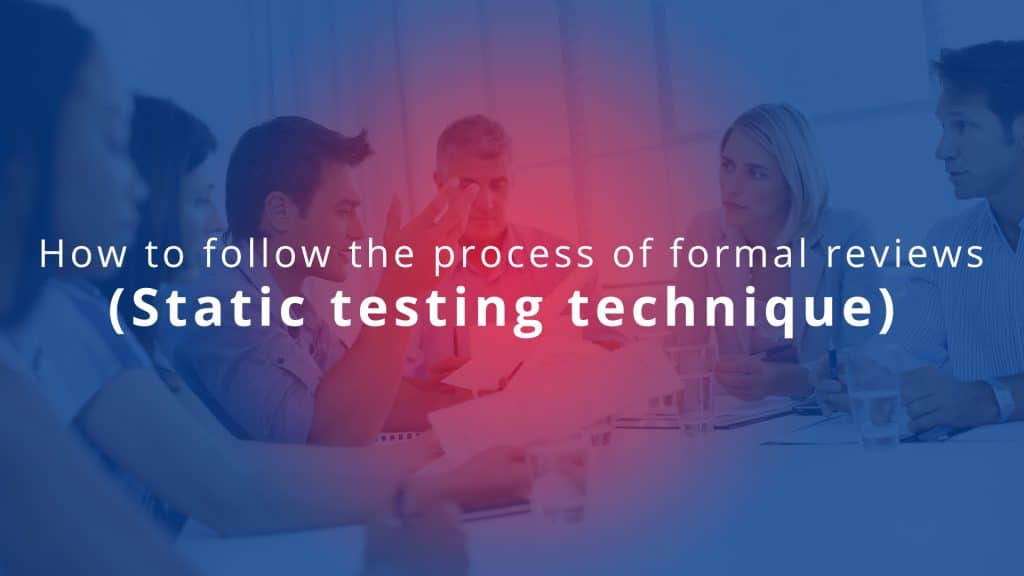In my earlier blog, I explained different techniques under Static testing. Static testing includes a review process to verify that are we following the right way to achieve the goal or not. If these reviews session starts in the early phase of software life cycle then it is easy to identify the defects in the requirement. Defect identification at the initial stage also affects the cost of the application as the rework cost of the defect to fix things are often low in these cases.

The formal review establishes an effective way to improve the productivity of all team members by maintaining an interactive environment within the team. Moreover, receiving feedback from each team member evaluates the effectiveness of the running process and activities performed in the team. Static testing or reviews enable the development team to focus on quality work.
Jump to Section
Type of Review
A formal review can be of either technical review or non-technical review. Although the technical review is a type of formal review, it is not as formal as the inspection meeting. A technical review refers to a session in which the main focus of discussion is technical stuff used in software development. This technical stuff can be a design document, code section, technical architectural document.
Technical review is generally held for identifying the area of improvement at the technical level of software. A trained moderator or a technical expert is the leader of the technical review. All technical experts such as technical architects, technical leads, designers, and senior developers are different participants of a technical review. The main objectives of a technical review are to verify that:
- Technical concepts are implemented correctly or not;
- Any other better alternative is available for the same purpose;
- All technical concepts are implemented in a consistent manner or not;
- All experts are aware of the same information or not.
Phases of a Formal Review
There are basically six main steps in a formal review. These steps are:
- Planning,
- Kick-Off,
- Preparation,
- Review Meeting,
- Rework,
- Follow-Up.

The purpose and execution process of each step is different. Let’s have a look at the detailed information of each step one by one.
Planning
Planning is the very first step of a formal review when an author sends a ‘request for review’ to the leader. A leader can be an inspection leader or moderator. A leader is then responsible for organizing the inspection meeting. For organizing this meeting, the leader takes care of the timing, place, and duration of that session.
In the planning session, the main focus is to allocate time for all activities related to reviewing process. The team prepares a checklist with the following points in this session:
- Types of the document to verify,
- Size of documents,
- Format of documents,
- Roles of team members,
- Members of the review team,
- Strategy and approach.
Kick-Off
Kick-off is the first session when all team members participate in the meeting. The main objective of the kick-off meeting is to provide information to all team members and get everybody at the same level of information. The following activities performed during the Kick-off meeting:
- Training on the main objective of reviews;
- Assigning roles to team members;
- Discussing new enhancement in the traditional process;
- Distributing documents under review;
- Sharing reference and source documents.
Preparation
Preparation refers to a phase when all team members act as per roles assigned to them in Kick-off meetings. For this purpose, they work on all documents that come under the review process by analyzing reference documents.
In case any team member has any question, concern related to information provided in reference document then he/she note down that point for presenting that in the main review meeting, which is next phase of formal review. These points play a very important role while preparing a checklist for further phases of formal reviews.
Review Meeting
A review meeting consists of three different phases:
- Logging: It refers to the initial duration of the review meeting when all review members mention all the points which are identified during the preparation phase. These points can be any of Defect, Concern, and Query. When team members mention their points, the scribe or the author just notes down all these points. discussion over these points is held in the next few hours, which refers to the discussion phase.
- Discussion: After logging all points, the team picks each and every point one by one and discusses various aspects of that point. All main points such as points criticality, impacted areas, and reasons are documented by the author or scribe. To get a basic understanding of this phase, let’s take an example of a defect. In this case, the team will discuss over:
- Whether this defect is a valid defect or not;
- What are its severity and priority;
- How soon the defect should get a fix;
- What should be its fixing approach?
- Decision: After completing the discussion’s overall points, the meeting comes under the decision phase. This is the ending phase of a formal meeting. There are certain exit criteria of a decision phase that define the average number of defects found. When defect count is greater than exit criteria, then rework on documentation is required for further processing in the project. In the case defect count is not as critical, then these are checked in follow-up meetings side by side with other activities.
Rework
On the basis of the decision made in the formal review meeting, the author or scribe updates the document and other team members work on the assigned defect. As the defect gets fixed, the scribe or author rework the document and update it as fixes are performed. New tasks can also be assigned to few members so that process moves forward without any delay.
Follow-Up
This session is an ending session of a formal review when all defects got resolved. A moderator ensures that information in the document is correct and can be followed in the future. Apart from this, the moderator is also responsible to:
- Ensure that all the information related to change requests, improvements are updated in the document;
- Distribute the updated copy of the final document among all team members;
- Get their feedback on the information provided in the document;
- Collect measurements at the different states of review. Example of such measurements are:
- Number of defects found per page
- Total review effort
- Total time spent
A person who belongs to the IT industry and works in software development processes must be aware of the formal review process. Knowledge of formal review meetings is a must for all senior members of a team. Reviews also help reduce the extra work pressure of managing things. In review sessions, team members share a list of defects. This blog helps you to understand each and every activity performed during the different phases of a formal review.
- COVID-19: How We Are Dealing With It as a Company - March 23, 2020
- Agile Testing – The Only Way to Develop Quality Software - February 8, 2019
- How to Perform System Testing Using Various Types Techniques - May 16, 2018


